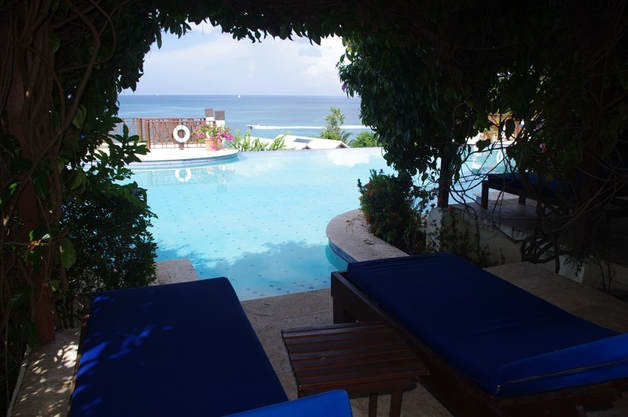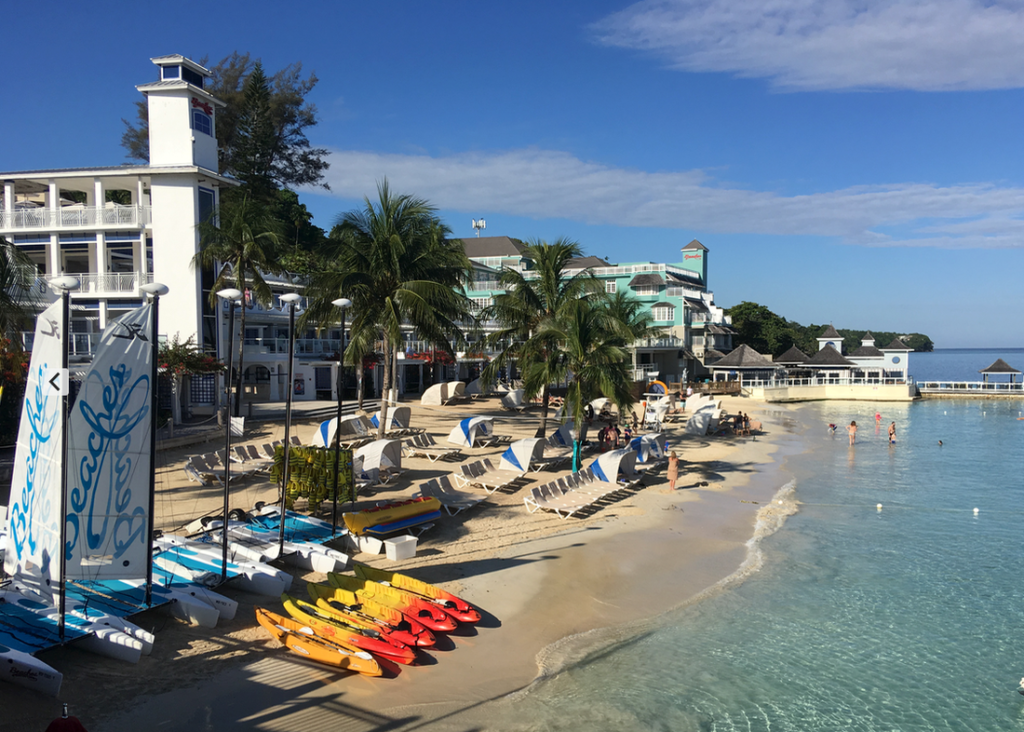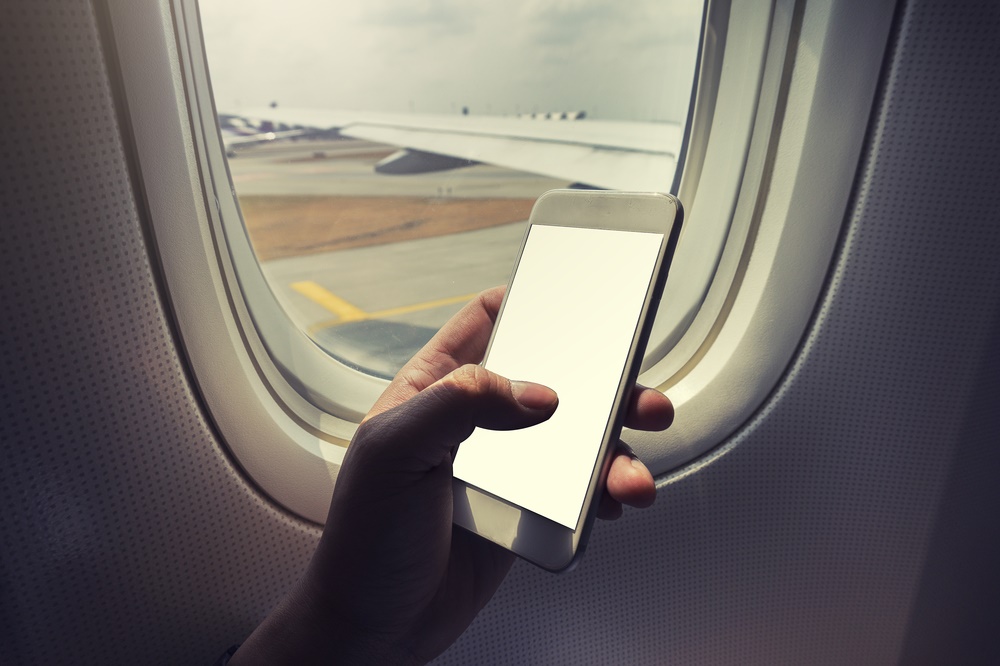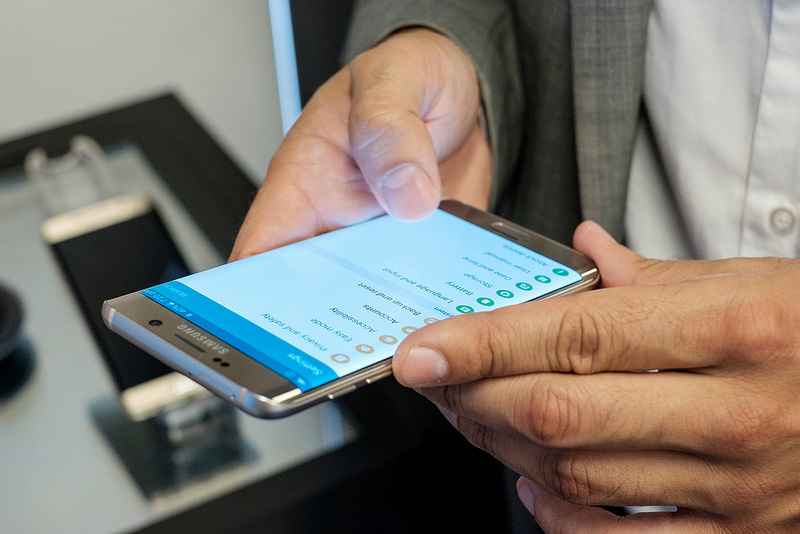The Real Scoop: Caribbean Island Recovery

The Real Scoop: Caribbean Island Recovery Caribbean Islands Open for Business! The Caribbean is a vast sea filled with more than 7,000 idyllic, sun-drenched islands. While recent hurricanes have damaged a few islands, a full 70 percent of Caribbean destinations were not impacted by Hurricanes Irma and Maria and are open for business as usual. And many that took a glancing blow or sustained minimal damage are open now as well. Even more remarkable is that over 50% of the tourist accommodations on the most severely affected islands like Puerto Rico and U.S. Virgin Islands have reopened and are welcoming visitors. The negative economic impact on the region will be compounded if visitors avoid traveling to unaffected destinations. Visiting any island in the Caribbean gives a boost to the entire region, so vacationing there is a mutually beneficial way to show support for the Caribbean islands and help stabilize their economy. Yes, there is a gamble to traveling to the Caribbean between mid-August to October, but it’s one that 99% of travelers win. This is a time of the year that many cruise lines and resorts offer amazing vacation deals, so travelers get more value out of their vacation. Plus, those who wisely advised by their travel agents can typically rebook their Caribbean vacation if a storm system is heading their way. Whatever activity you wish to pursue in paradise, you’ll have many destinations and many resort options from which to choose. Antigua, Aruba, Barbados, Belize, Bermuda, Bonaire, Cayman Islands, Cuba, Curacao, Dominican Republic, Guadeloupe, Guyana, Grenada, Haiti, Jamaica, Martinique, Montserrat, Nevis, Saba, St. Eustatius, St. Kitt’s, St. Lucia, St. Vincent, Suriname, The Bahamas, Trinidad & Tobago, Turks & Caicos represent just a handful of the Islands we illuminate for our customers with authentic itineraries. Contact Enlighten Excursions to plan your Caribbean getaway. Schedule a Consultation More Travel Advice
The Real Scoop: Beaches Resorts

The Real Scoop: Beaches Resorts Family Time at Beaches It’s often hard for families with young children to find a place where they can take a vacation that meets the needs of both kids and adults. Luckily, the Sandals resort chain offers a multi-generational option for family with infants to teens with their Beaches resorts. A recent visit to Beaches Ocho Rios with my family showed us just how family-friendly this resort chain actually is. Sandals is known for its quality and service, as well as its all-inclusive packages. The Beaches resorts have the same level of quality and service, but with a focus on families. During our trip we saw families of all ages, many families with infants and small children together with grandparents or extended family members. Larger groups can have connecting rooms with views of the garden or ocean and cribs are available. The Beaches resorts all offer waterparks and kid-sized pools, as well as the traditional pool with swim up bar. The bar serves many non-alcoholic drinks, which kids can order themselves. My children became fans of the frozen lemonade and enjoyed the novelty of ordering from the pool by themselves. Each restaurant also offers a non-alcoholic version of the evening cocktail just for the kids. As well as the water park, pools and beach, Beaches Resorts offer kids camps for children of all ages. This gives the adults an opportunity for some downtime at the beach or even “me-time” at the spa. The Sesame Street characters often make an appearance at the toddler program. In addition, Beaches offers private childcare for an extra cost. During our visit, we noticed several families with children with special needs. The resort was exceptionally accommodating for these families and children, making sure that they had everything they needed to have a wonderful family vacation. Beaches resorts are the Caribbean’s first Certified Autism Resorts. The resorts offer a One-on-One Beaches Buddy, for an extra cost, to be with a child for the entire stay or just for a few hours. These buddies have completed IBCCES training and Autism Certification and the childcare staff receives training to deal with a variety of physical and emotional needs. Entertainment is also available for even the youngest children, with the nightly Sesame Street show. This show, which is different every night, brings Big Bird, Elmo, Cookie Monster, Bert and Ernie together for a singing and dancing extravaganza. The show is perfectly timed at about 30 minutes right before dinner time. Although as tweens, my kids were a little too old to enjoy the show itself, we did enjoy watching the toddlers dance along with their favorite characters. In the early evening there was entertainment for older children, such as the a fire breather/juggler and steel band, while the late night had entertainment for the adults. The teens club also opened up later in the evening with music and dancing. We met several families that were celebrating special milestones, including getting married and couples on their honeymoons. Beaches resorts are a great way for blended families to come together to celebrate since its focus is on the family. The various childcare options also allow for couples to have romantic dinners or spa treatments, while the children have their own fun. I’ve only hit on some of the highlights of a Beaches resort. Of course, there is so much more, including the basketball and tennis courts, Xbox lounge (a cool retreat), Aqua center for snorkeling and scuba, glass bottom boat rides, all-day buffets, gourmet restaurants and self-serve ice cream. If you are looking for a multi-generational family getaway, Beaches resorts has something for everyone! Start Planning Your Getaway More Travel Advice
Staying Connected: Inflight Cell Phone Usage

Staying Connected: Inflight Cell Phone Usage For years we’ve heeded that preflight announcement to turn off all cell phones and keep them off while in-flight. But, there was rarely clarity as to why we couldn’t use our devices. Like me, you probably heard that the signals could potentially interfere with the computer systems on the plane, but then watched as no one noticed this guy or that breaking the rule, with seemingly no consequences. While we can’t say for sure whether those rule breakers actually did put us at risk, we can confirm that today most airlines permit some use of personal electronic devices (PEDs) in-flight. Often you can use smart phones and tablets in airplane mode before the aircraft reaches 10,000 feet. (Airplane mode essentially shuts down your cell phone’s transmitters and receivers.) On some airlines, once the plane has surpassed 10,000 feet, travelers can even turn on the Wi-Fi, if their cell phone or PED allows the Wi-Fi to be enabled in Airplane mode. This makes it possible to connect to the plane’s onboard Wi-Fi after reaching the proper altitude. This is all assuming, of course, that your airline has Wi-Fi. Airlines offering free inflight WiFi include: JetBlue, Norwegian, Nok Air, Turkish Airlines, Hong Kong Airlines, Emirates, Philippine Airlines, and Air China. Many of the most popular U.S. airlines like Delta and American still charge for Wi-Fi. In any case, travelers are not permitted to use the cellular connection that has been built in to their devices while flying. This means, for example, that while you can access Facebook, Twitter, What’s App, and Viber, and you can even send emails over Wi-Fi, you still can’t use your carrier to make actual calls or send texts. But the landscape in the air may be changing. Responding to travelers’ desires to use their cellular connections during flights, the FCC has proposed a change to the regulations to accommodate us. However, before implementing the new regulation, the FCC wants airlines to prove they can handle any interference that could result from the use of cellular connections in flight. Yet, even if the regulations do change, travelers could potentially still face confusion on the hows and whens of in -flight cell phone usage since the airlines are being given the freedom to come up with their own individual plans surrounding cell phone usage during different stages of the flight. Talk with a Travel Advisor More Travel Advice
Do You Need a Visa to Go There?

Do You Need a Visa to Go There? If, like me, you geek out about great new resources you’re going to love this new online tool that answers the title question: Do you need a visa to go there? Actually, for all those questions that we explorers have about visa requirements when traveling from country to country, or with foreign travel companions, we can now consult Passport Index an awesome online resource. Let’s face it, Visa regulations are not always straightforward and every individual’s situation can be different and sometimes confusing. Passport Index tools can assist you in understanding what type of visa preparation you’ll need to embark upon in order to minimize your travel surprises. Passport Index’s “Compare table” is hands down one of the handiest tools on the site. Site visitors can enter their passports and get the visa regulations for every country in the world. With this tool you can quickly determine whether you can purchase a visa electronically or upon arrival, or whether you even need a visa at all. That makes this tool is especially helpful if you’re developing your travel wishlist based on where you can go without a visa. If you have dual citizenship and want to know which passport is better to use, you can enter multiple passports. This feature is helpful too if you’re managing a group of travelers with multiple citizenships. And, a neat bonus for all of us curious explorers intent on seeing the world, Passport Index also has a tool that will show you what the passports from every country look like. Visit Passport Index Schedule a Consultation More Travel Advice
Using Your Smartphone Overseas

Using Your Smartphone Overseas I recently had to figure this out on my own while traveling to France and Turkey, so I hope this article saves you a wee bit of research. While traveling around the US very few of us ever think about the antenna, or radio system, on our smartphones. But unless your phone has a GSM band antenna it is probably not going to work overseas. GSM which stands for global system for mobile communications, is the most popular mobile phone standard worldwide. According to PC Magazine, in the US currently AT&T and T-Mobile use the GSM band. Verizon, Sprint and US Cellular use the code division multiple access band or CDMA. GSM carriers put customer information on a removable sim card. So if your GSM phone is unlocked, then you can purchase a sim card once you arrive overseas and place it in your phone. Until you get your new sim card keep your phone on airplane mode to avoid international charges. What you are doing specifically when you buy a sim overseas is buying a daily or monthly plan on a local network in your overseas location and registering your phone on that network. This means however, that people won’t be able to reach you at your regular phone number, but you will be able to use your phone to reach them if necessary and to search the net, send and receive email depending on what plan you buy. If you are committed to keeping your CDMA phone, but want to stay connected while traveling then you may want to buy a basic unlocked gsm phone at a store or online in the US, that only calls and texts. Currently these cost $25 and up. You can even opt for a basic gsm android phone for between $100-200 if you want to access your favorite apps etc while traveling. Either way, once you do this then you can buy and register a local sim card in your overseas’ destination airport or city and be ready to go. Schedule a Consultation
